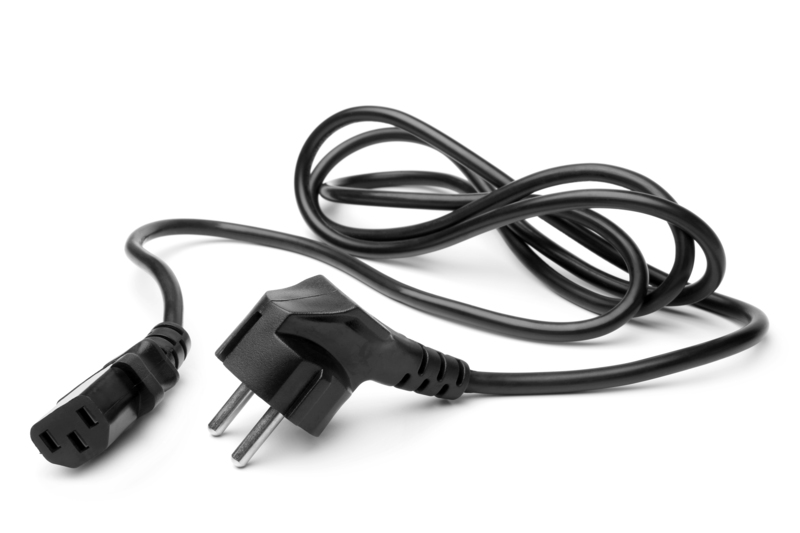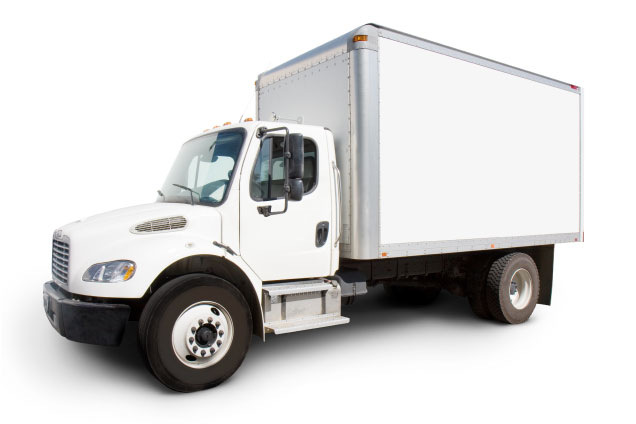From Storage Challenges to Simple Solutions: Preserve Your Sofa
Posted on 12/06/2025
From Storage Challenges to Simple Solutions: Preserve Your Sofa
Whether you're moving, remodeling, or simply making room for changes in your home, proper sofa storage is essential. Sofas represent a significant investment in comfort and style, so ensuring their longevity is important for both your wallet and your home's aesthetic. In this comprehensive guide, we'll explore common storage dilemmas and provide practical, easy-to-follow solutions to preserve your sofa--keeping it fresh, clean, and damage-free.

The Importance of Safeguarding Your Sofa During Storage
Your sofa might be the centerpiece of your living space, but when it's time for storage, even the sturdiest couch can succumb to wear, moisture, pests, and other threats. Avoiding these issues is key to keeping your sofa in like-new condition. By learning about the unique challenges of long- and short-term storage, you can make smarter choices and protect your favorite piece of furniture.
Common Sofa Storage Challenges
- Moisture and Humidity: Excess moisture can lead to mold, mildew, and fabric damage.
- Pests: Rodents and insects may damage fabric, padding, or internal structures.
- Sunlight: Prolonged exposure to sunlight causes fading and weakens fabric fibres.
- Stacking or Pressure: Placing heavy objects on your sofa can cause indentations and frame damage.
- Improper Wrapping: Using non-breathable or abrasive materials can trap moisture or scratch upholstery.
- Poor Cleaning: Storing your sofa dirty can set stains and attract pests.
Preparing Your Sofa for Storage: A Step-by-Step Guide
The key to effective sofa preservation starts before you even move it. Follow these steps to ensure your couch is ready for both short- and long-term storage circumstances.
1. Clean Thoroughly
- Vacuum: Use an upholstery attachment to remove dust, crumbs, and hair.
- Treat Stains: Address spills with a fabric-friendly cleaner. For leather, use a suitable conditioner.
- Dry Completely: Make sure the sofa is totally dry before wrapping or covering--it prevents mildew and musty odors.
2. Disassemble Where Possible
*Taking apart your sofa reduces the risk of breakage and makes it easier to move and store.*
- Remove legs, cushions, and, if possible, arms.
- Store screws and small parts in labeled bags taped to their corresponding sections.
3. Protect Delicate Surfaces
- Wrap wood or metal feet and arms with bubble wrap or felt to prevent scratches.
- If you're storing in a shared space, add extra padding to exposed parts.
4. Choose the Right Covering
- Avoid plastic sheeting directly on fabric--it traps moisture. Instead, use a soft, breathable cover like a cotton or canvas drop cloth.
- For leather sofas, use acid-free cloths or specialty covers to prevent dry-out and cracking.
5. Select the Best Storage Location
- Temperature: Opt for a climate-controlled storage unit if possible--this prevents extreme temperature swings that can damage upholstery and frames.
- Elevation: Keep your sofa off the floor; place it on pallets or blocks to avoid contact with cold, damp or dusty flooring.
- Airflow: Good ventilation reduces the risk of mold and keeps materials from absorbing odors.
Smart Solutions to Typical Sofa Storage Problems
1. Deal with Humidity and Mold
- Use moisture absorbers, desiccant packs, or silica gel inside the storage area.
- Visit your storage unit regularly to check for dampness and air out your sofa as needed.
2. Protect from Pests
- Apply pest deterrents around the perimeter of the storage area (avoid direct contact with the sofa).
- Don't use food-based, perfumed, or flammable sprays directly on your furniture--use safe, enclosed deterrents instead.
3. Avoid Fabric Fading
- Store away from windows or direct sunlight, or use opaque coverings to block UV rays.
- If storage in a sunlit area is unavoidable, rotate your sofa occasionally to prevent uneven fading.
4. Prevent Structural Damage
- Never stack heavy items atop your sofa.
- If dismantling your sofa, store heavier parts at the bottom, cushions on top.
- Keep the sofa in its natural position--upright and even--to avoid warping.
5. Preserve Upholstery Integrity
- For long-term storage, consider investing in furniture storage covers designed for breathability and dust prevention.
- For memory foam or down-filled sofas, fluff cushions periodically to keep them from compressing.
Best Practices for Long-Term Sofa Storage
If your sofa will be stored for months or even years, take these additional steps for peace of mind:
Choose a Climate-Controlled Storage Unit
- It regulates temperature and humidity, reducing the risk of warping, cracking, or mold growth.
- It is especially crucial for preserving leather sofas and antique furniture.
Elevate for Extra Protection
- Keep your couch off the ground by using wooden pallets, which allow for airflow underneath and protect against unexpected flooding or spills.
Check Regularly
- Visit your storage unit every few months to spot early signs of mildew, pests, or other issues.
- Re-fluff cushions, wipe surfaces, and re-secure coverings as needed.
Avoid Common Mistakes
- Don't over-tighten covers--they can compress cushions and leave marks on the upholstery.
- Never wrap a sofa in plastic for long-term storage, as this traps condensation and encourages mold.
DIY vs. Professional Storage: Which Option Is Right for You?
When it comes to storing your sofa, you can choose between doing it yourself or hiring a professional storage service. Each option has its pros and cons:
DIY Sofa Storage
- More budget-friendly--no cost for professional movers or storage companies.
- Requires self-transportation, packing materials, and secure storage space at home or in a rental unit.
- Suitable for shorter storage periods or if you have experience moving furniture.
Professional Sofa Storage Services
- Convenient--all logistics handled by storage experts.
- Climate-controlled facilities and professional packing reduce risk of damage.
- Ideal for expensive sofas, antiques, or longer-term storage commitments.
- More expensive, but offers peace of mind and insurance options.
Additional Tips to Prolong Sofa Life Before and After Storage
- Rotate your sofa's use occasionally, even when in storage, to prevent uneven wear or "memory" impressions on cushions.
- Maintain a regular cleaning schedule, checking for dust, debris, or moisture buildup.
- Avoid harsh chemicals when cleaning before storage--choose gentle, upholstery-friendly products.
- After storage, air out your sofa before bringing it back into use. Let cushions expand and inspect for any minor touch-ups needed.
- Recondition leather upholstery if stored for long periods--use a dedicated leather conditioner to replenish essential oils.

Frequently Asked Questions About Sofa Storage
How long can I store a sofa without risk of damage?
With proper preparation and storage conditions, a quality sofa can be preserved in storage for several years. The key is climate control and regular inspection to prevent minor issues from becoming major ones.
Can I stack items on top of my stored sofa?
No. Even lightweight items can eventually cause indentations or stress to the frame and upholstery. Always leave your sofa clear of other stored items.
Is it safe to store my sofa in a garage or basement?
*Garages and basements rarely have consistent temperature and humidity,* making them high-risk for mold, mildew, or pest infestations. Whenever possible, use a climate-controlled storage space for sofa preservation.
Should I use professional movers to store my sofa?
If you own a high-value or antique sofa, or if you simply want peace of mind, professional movers and storage companies can offer significant benefits. Otherwise, follow best practices and take extra care when moving and storing your own furniture.
Recap: The Easiest Way to Preserve Your Sofa in Storage
- Clean and dry your sofa thoroughly before storing.
- Disassemble where possible and protect delicate features.
- Cover with breathable, protective materials--never plastic against fabric.
- Store in a clean, dry, climate-controlled space, elevated off the ground.
- Check periodically and rotate cushions for long-term storage.
By following these simple yet effective storage solutions, you can prolong the life of your sofa and prevent the most common types of damage. Whether you're storing your furniture for a season or several years, these preservation practices will help your sofa emerge from storage in perfect condition--ready to reclaim its spot as the heart of your home.
Preserve your sofa the right way, and enjoy years of comfort and style for you and your family!




